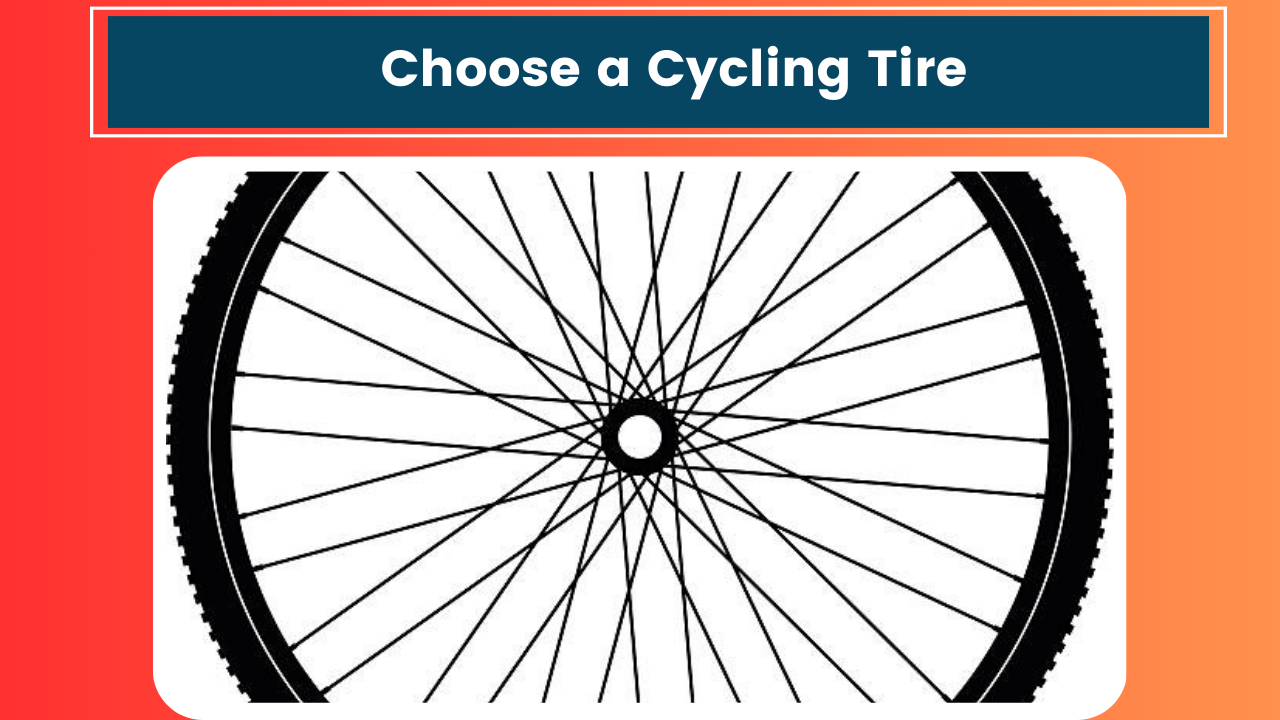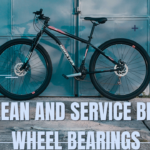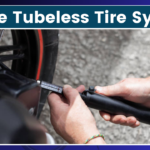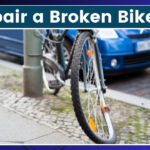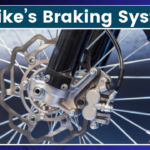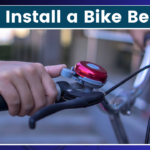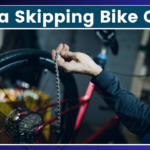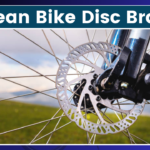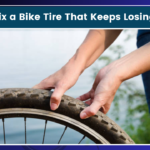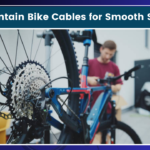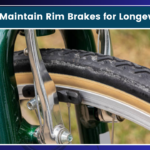Hey there, fellow cyclists! It’s Mike here, and today I want to chat about something that’s been on my mind lately: choosing the right cycling tire. You know how it goes – you’re out on a ride, feeling great, when suddenly you hit a patch of gravel and your tire gives out. Talk about a mood killer! That’s why I’ve decided to put together this guide to help you pick the perfect tire for your cycling needs.
Before we dive in, let me tell you a quick story. Last summer, I was gearing up for a big charity ride. I’d been training for months, and I thought I was ready for anything. The night before the event, I realized my tires were looking pretty worn. “No big deal,” I thought, “I’ll just grab whatever’s on sale at the bike shop.” Big mistake. About 30 miles into the ride, I got my first flat. Then another. And another. By the time I limped across the finish line, I’d spent more time changing tubes than actually riding. Lesson learned: never underestimate the importance of a good tire!
So, let’s get down to business. How do you choose the right cycling tire? Well, there’s no one-size-fits-all answer, but I’m going to walk you through the key factors you need to consider.
Know Your Riding Style
First things first, you need to think about what kind of riding you do most often. Are you a road warrior, clocking up miles on smooth tarmac? Maybe you’re more of a gravel grinder, tackling mixed terrain? Or perhaps you’re an off-road enthusiast, hitting the trails every chance you get?
Your riding style is going to be the biggest factor in determining what kind of tire you need. Here’s a quick breakdown:
- Road Cycling: You’ll want a smooth, narrow tire with low rolling resistance. These tires are all about speed and efficiency.
- Gravel/Mixed Terrain: Look for a tire with some tread for grip, but not so much that it slows you down on the road. Wider tires can provide more comfort and stability.
- Mountain Biking: You’ll need a wide tire with aggressive tread for maximum traction on loose and technical terrain.
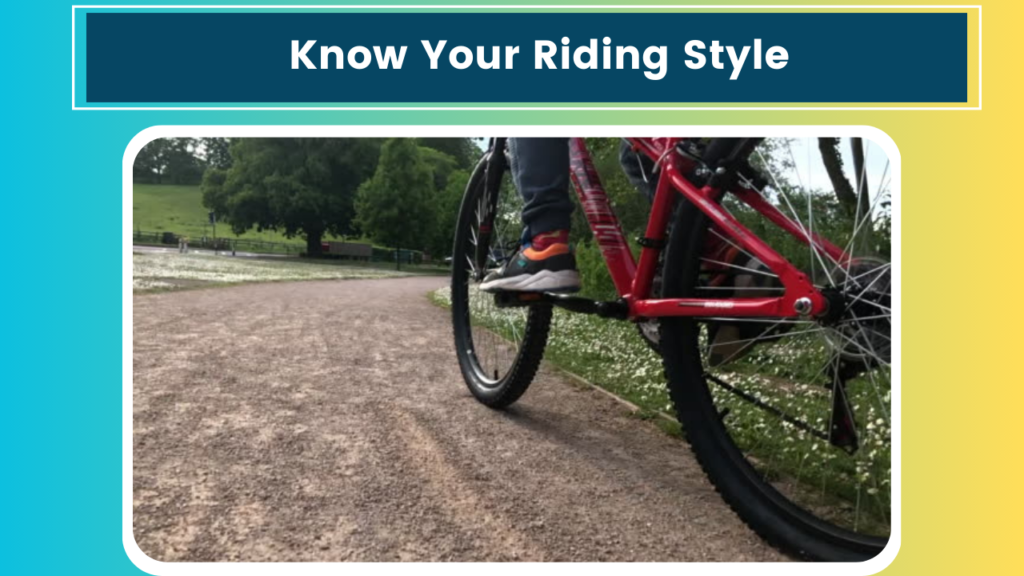
Consider Your Wheel Size
Next up, you need to know your wheel size. This is pretty straightforward – just check your current tires or consult your bike’s manual. Common sizes include:
- 700c: Standard for road and gravel bikes
- 29-inch: Common for mountain bikes (actually the same diameter as 700c)
- 27.5-inch: Another popular mountain bike size
- 26-inch: Older mountain bikes and some cruisers
Make sure you get a tire that matches your wheel size, or you’ll be in for a frustrating experience!
Width Matters
Tire width is another crucial factor. In general, wider tires offer more comfort and grip, while narrower tires are faster and more aerodynamic. Here’s a rough guide:
- Road Bikes: 23-32mm
- Gravel Bikes: 32-47mm
- Mountain Bikes: 1.95-2.5 inches (or even wider for fat bikes)
Remember, your frame and rim width will limit how wide you can go. When in doubt, check your bike manufacturer’s recommendations.
Tread Pattern
The tread pattern on your tire can make a big difference in how it performs. Here’s what to look for:
- Smooth: Ideal for road riding on dry surfaces. Offers low rolling resistance for maximum speed.
- Semi-Slick: Has a smooth center strip with some tread on the sides. Good for mixed terrain riding.
- Knobby: Features raised lugs for grip in loose conditions. Essential for off-road riding.
Tubeless vs. Tube-Type
Ah, the great tubeless debate! I remember when tubeless tires first started becoming popular – I was skeptical, to say the least. But after giving them a try, I’m a convert. Here’s the lowdown:
Tubeless Tires:
- Pros: Can be run at lower pressures for better comfort and traction, self-sealing against small punctures, no pinch flats.
- Cons: More expensive initially, can be messy to set up, may require special rims.
Tube-Type Tires:
- Pros: Cheaper, easier to install and repair on the go.
- Cons: More prone to flats, especially pinch flats.
If you’re doing a lot of off-road riding or dealing with thorny conditions, tubeless might be worth the investment. For casual road riding, traditional tube-type tires are still a solid choice.
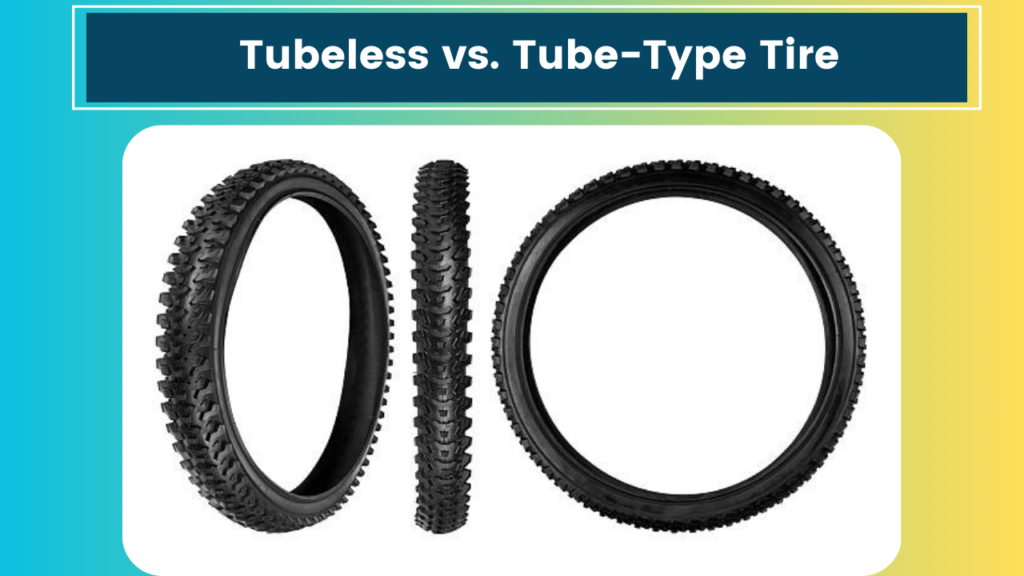
Compound Matters
The rubber compound used in your tire affects its grip, durability, and rolling resistance. Generally, softer compounds offer better grip but wear out faster, while harder compounds last longer but don’t grip as well. Many tires use a dual compound, with a harder center for longevity and softer sides for cornering grip.
Consider the Conditions
Think about where and when you’ll be riding most often. If you live somewhere rainy (like me – hello, Seattle!), you might want to prioritize wet-weather performance. If you’re dealing with lots of debris on the road, puncture protection becomes more important.
Brand Reputation
While I’m not going to recommend specific brands (there are too many good ones to choose from!), it’s worth doing some research on different tire manufacturers. Look for reviews from other riders and see what they have to say about durability, performance, and value for money.
Weight
If you’re a weight weenie (no judgment here – I’ve been known to obsess over grams myself), tire weight might be a consideration. Lighter tires can make your bike feel more responsive, especially when accelerating or climbing. However, super-light tires often sacrifice durability or puncture protection, so consider whether the trade-off is worth it for your riding style.
Price
Let’s talk money. Tires can range from budget-friendly to eye-wateringly expensive. While it’s tempting to go for the cheapest option, remember that your tires are your only contact point with the ground. Skimping here can lead to a miserable riding experience or even safety issues. That said, you don’t need to break the bank – there are plenty of great mid-range options that offer a good balance of performance and value.
Experimenting
Here’s the thing about choosing bike tires – sometimes you just need to experiment. What works great for your riding buddy might not be ideal for you. Don’t be afraid to try different options until you find your perfect match.
Seasonal Swaps
If you’re riding year-round in a place with distinct seasons (like I do), consider having a couple of sets of tires. I run lighter, faster tires in the summer when the roads are dry, and switch to something with more grip and puncture protection in the wet winter months.
Maintenance Matters
Once you’ve chosen your perfect tire, don’t forget about maintenance! Check your tire pressure regularly (I do it before every ride), inspect for cuts or embedded debris, and replace your tires when the tread wears down or you start getting frequent flats.
Installation Tips
When it’s time to put on your new tires, here are a few tips:
- Always check the rotation direction (if specified)
- Use tire levers carefully to avoid pinching the tube
- Inflate to the recommended pressure range (usually printed on the tire sidewall)
- For tubeless setups, make sure you have the right sealant and follow the manufacturer’s instructions carefully
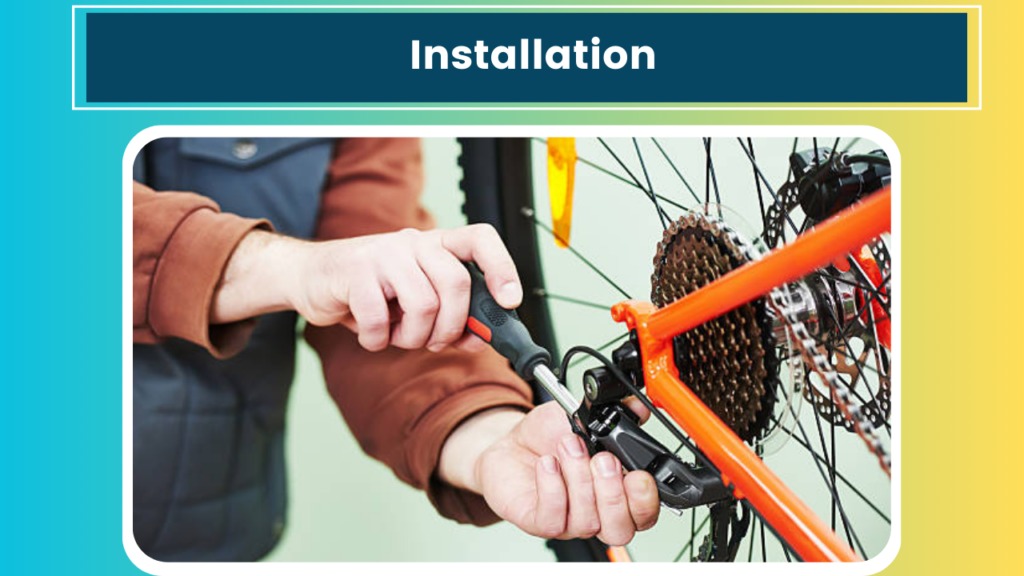
Wrapping Up
Whew! That was a lot of information, wasn’t it? Choosing the right cycling tire might seem overwhelming at first, but once you understand the basics, it becomes much easier. Remember, the perfect tire for you is the one that matches your riding style, fits your bike, and gives you the performance you need.
As for me, I’m heading out for a ride now that I’ve finished writing this. I’ve got a set of all-rounders on my bike at the moment – not the fastest, not the grippiest, but a good compromise for the mixed riding I do. They’ve served me well so far, but who knows? Maybe it’s time for an upgrade. After all, half the fun of cycling is tinkering with your bike, right?
I hope this guide helps you find your perfect tire. Remember, at the end of the day, the best tire is the one that keeps you riding with a smile on your face. So get out there, experiment, and most importantly, enjoy the ride!
Happy cycling, everyone!
